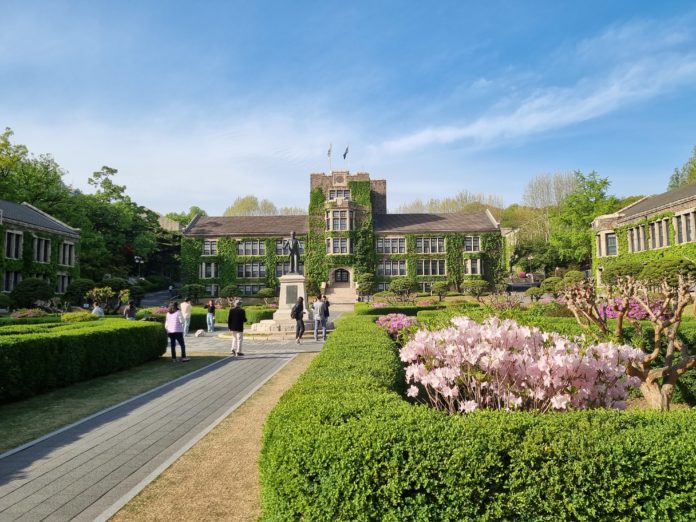
In Reply 1988, one of the most memorable scenes for me was of the passengers constantly ooh-ing and aah-ing as the bus driver makes high-speed turns, culminating in the female lead (Hyeri) dramatically tearing off the shirt of the male lead when the bus harshly brakes. As an ardent student of Korean culture, I loved watching Korean dramas and gaining little nuggets of information about the Korean psyche. What are Koreans like? How do they think? However, there’s only so much I can glean from watching the small screen — Do South Korean bus drivers actually drive like their rent is due tomorrow?
With an insatiable appetite of all things Korean, I first needed to select a university for exchange. With six different partner universities, Korea has one of the most choices for prospective exchange students looking to immerse themselves in Korean culture. With that in mind, here are some of the reasons why I found Yonsei to be one of the best places for exchange in South Korea:
Seoul: The heart of South Korea
Within Korea, Seoul is literally the place to be with a 20% of the population living there. Despite being smaller than Singapore, Seoul is actually home to almost 10 million people, which speaks volumes about how sparse the rest of the country actually is. Having lived in Singapore all my life, accessibility was often the last thing on my mind until I realized that in other Korean cities, I often had to check the bus timetable so that I don’t have to wait for an hour for the next bus, or the fact that I only had a single subway line, if any at all.
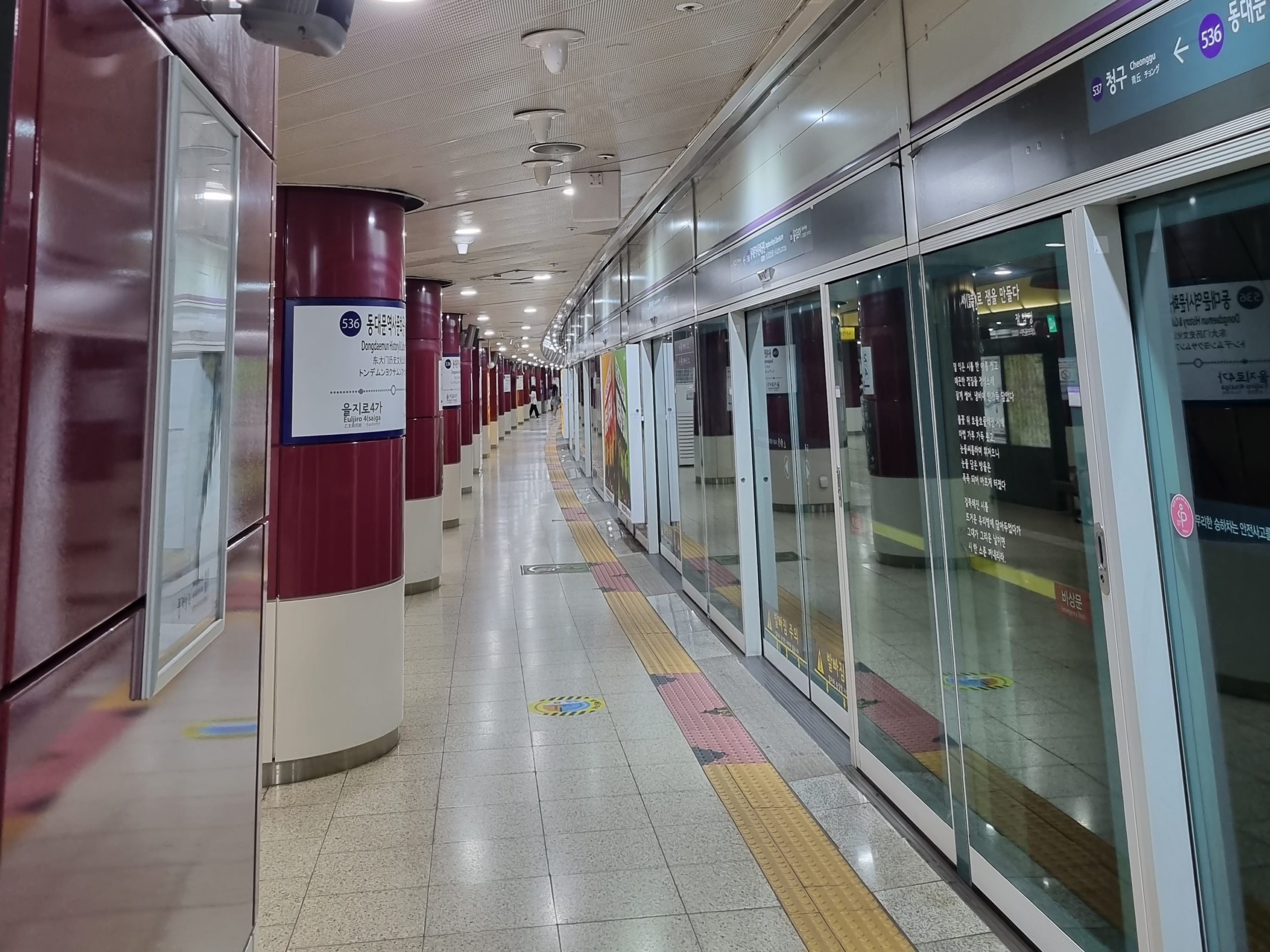
Compared to that, Seoul is a well connected metropolitan city that is home to over 23 subway lines and a wealth of bus services. Much like in Singapore, all you have to do is to find out which bus stop to go to and turn up any time, since the wait would usually be no longer than 10 minutes. Buses can start as early as 4am, and usually end around 12 midnight.
Conversely, on days when you want to escape the hustle and bustle of city life for the rural area, they are all fairly accessible by railway trains or buses. From Seoul, you could travel by train to any major city, and any town is within reach from a bus ride away. I enjoyed weekend trips to Sokcho (east), Yeosu (southwest), Gyeongju, Tongyeong and Geoje (southeast) usually with a mixture of 2-3hr train rides or 3-4 hour express bus rides.
Yonsei: A beautiful campus in a central location
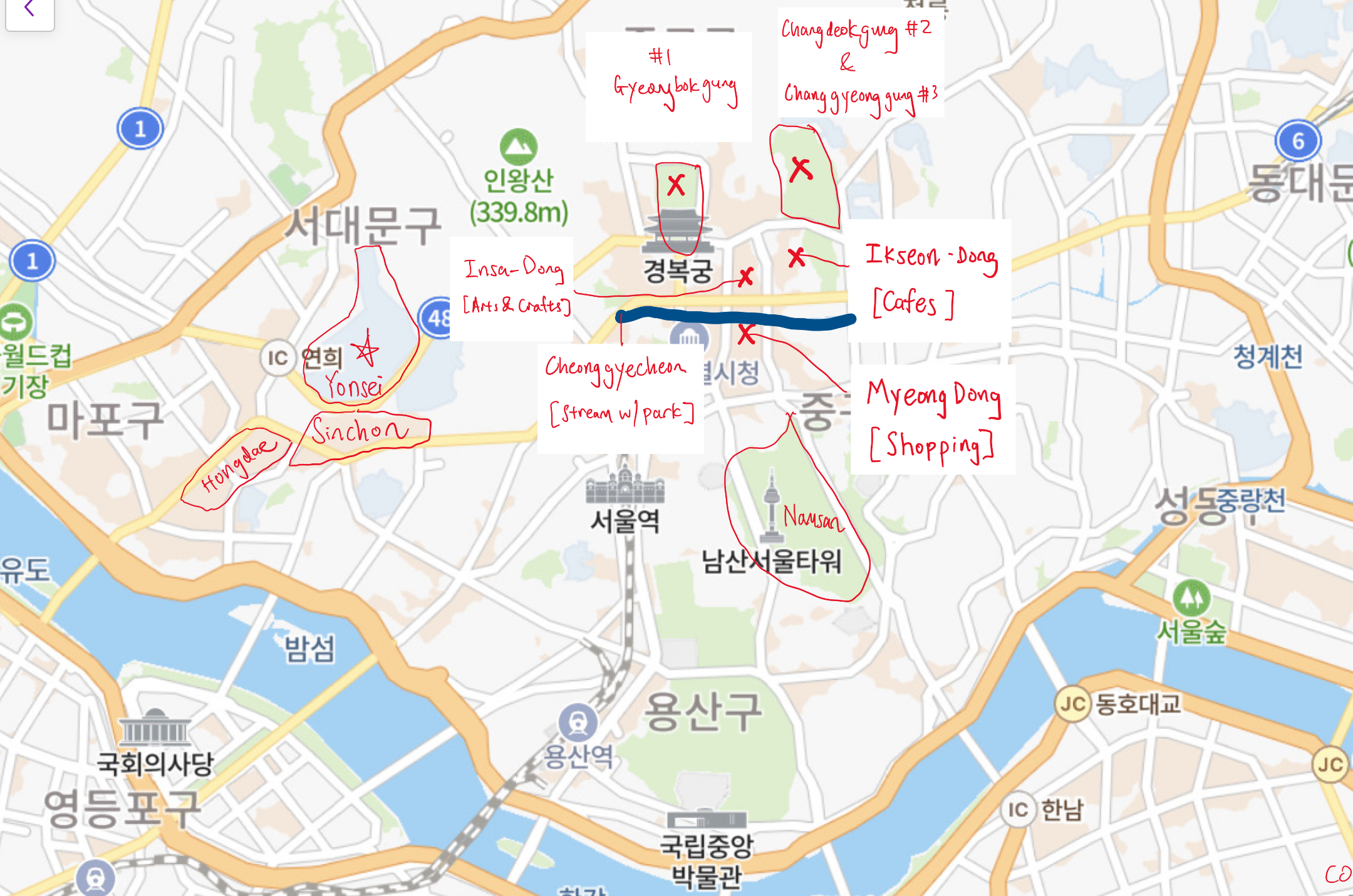
Most large universities will have a small “playground” nearby filled with cheap 24h karaoke rooms, drinking places that open till late at night and fashionable streetwear outlets. Yonsei is blessed in this regard as it has Sinchon right in front of its doorstep, and the immensely popular Hongdae district right beside it. Even if you are not into nightlife like I am, I enjoyed the youthful energy of these neighbourhoods, as well as the cheap, convenient and variety of restaurants to eat out at.
Nearby the central heart of Seoul as well, the school also has easy access to royal palaces, cafes in Anguk, Insadong and Ikseondong, the Cheonggyecheon Park and the famous Namsan tower. Beyond the usual touristy places that you can cover within the first two weeks, you can find surprise at every corner and turn of 423 neighbourhoods. Watch the Dong videos playlist, a Norwegian man who made it his mission to travel to each neighbourhood in Seoul to find out more interesting cultural tidbits about each place!
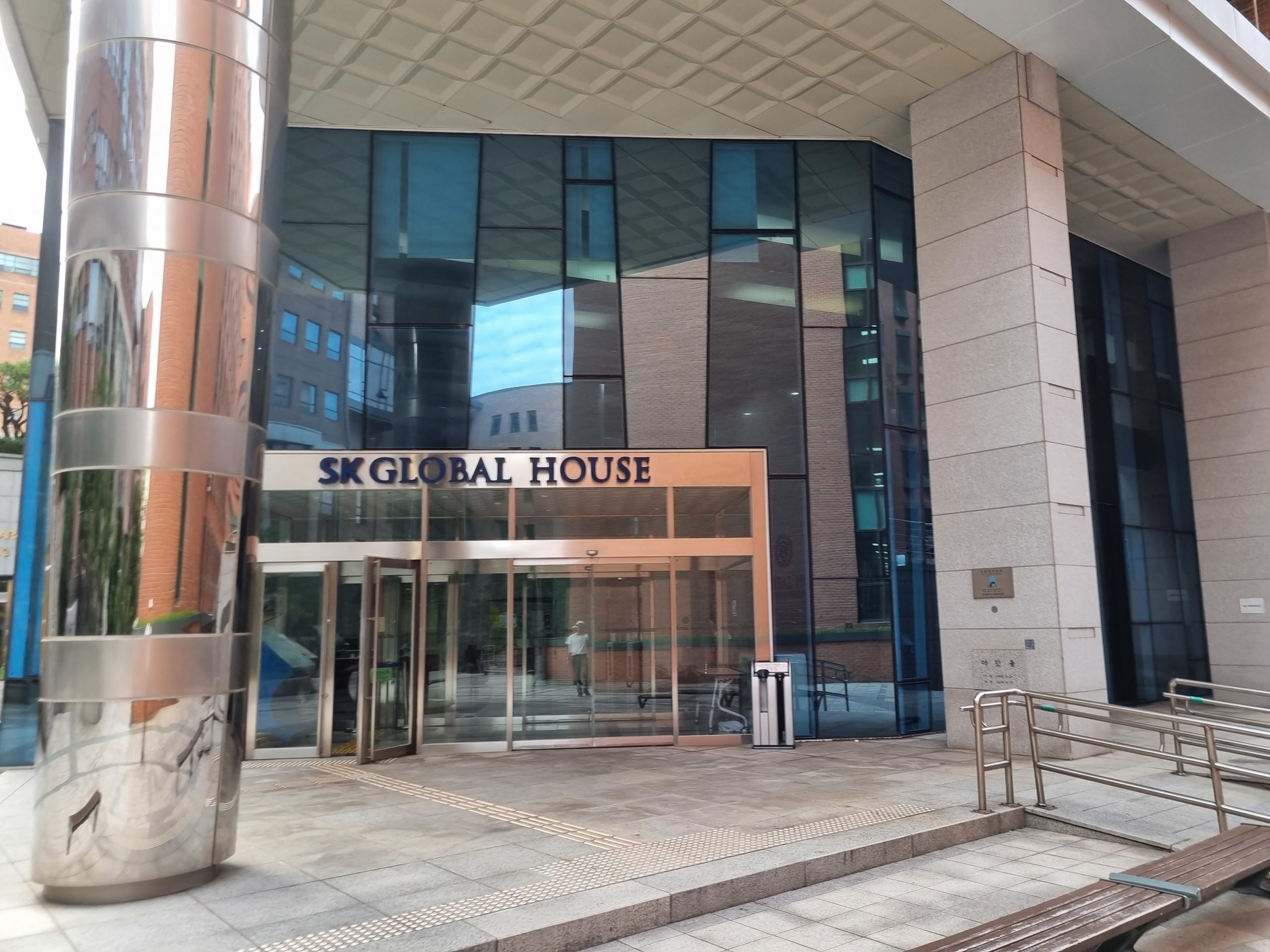
Dorms are available at a pretty good deal; unlimited heating and air-conditioning is provided. Although I find it a pity that the international students are housed away (in fact far apart across the school) from the local students, there are a decent amount of rooms available in the two dorms, namely SK Global House and International House (I-House). Note that only females are allowed to stay in I-House, and that SK is co-ed. Being the newer of the two, all SK rooms are fitted with en suite shower and toilet while I-House is said to have common facilities like our hostel. Cooking in SK Global can be done in Basement 3, where “common” pots and pans are available but I’d strongly suggest bringing your own because you have no idea how clean the previous user left it.
Pro Tip #1: Note that hostel allocation is first come first serve, so you will need to take note of the application date and time and clear everything else for that window; I had to wait for 30 minutes before the website would stop crashing and let me choose a room.
Pro Tip #2: If you plan to cook alot, do put your kitchenware in the shelves under the sink, as opposed to the open shelf by the door, as these shelves are covered and hence less likely to be used by others.
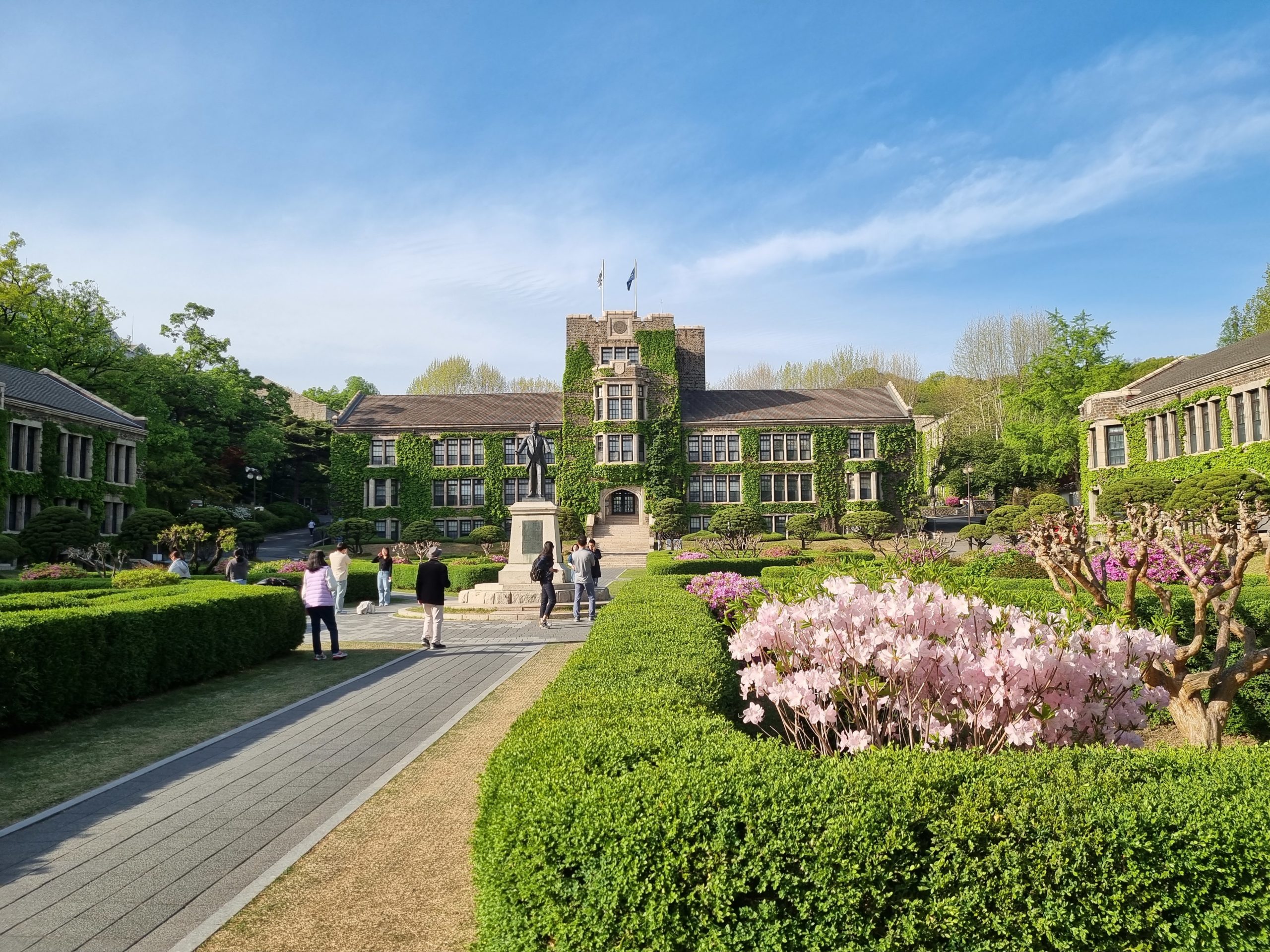
The campus itself is really pretty. Most classroom buildings are laid out on both sides of the walkway. As the chilly winter warms into spring, the iconic Main Building turns into a shade of lush green, providing the perfect foil for the pale pink cherry blossoms. A student tour guide once explained that these creepers only grow a couple of centimeters a year, so its spread is a testament to the long history that this school has witnessed.
Fun Fact: If you move up close to the statue of H.G. Underwood (the first President of the University), you can even see pock marks in the grey stone plinth that it is standing upon, said to be bullet holes that were from the Korean War.
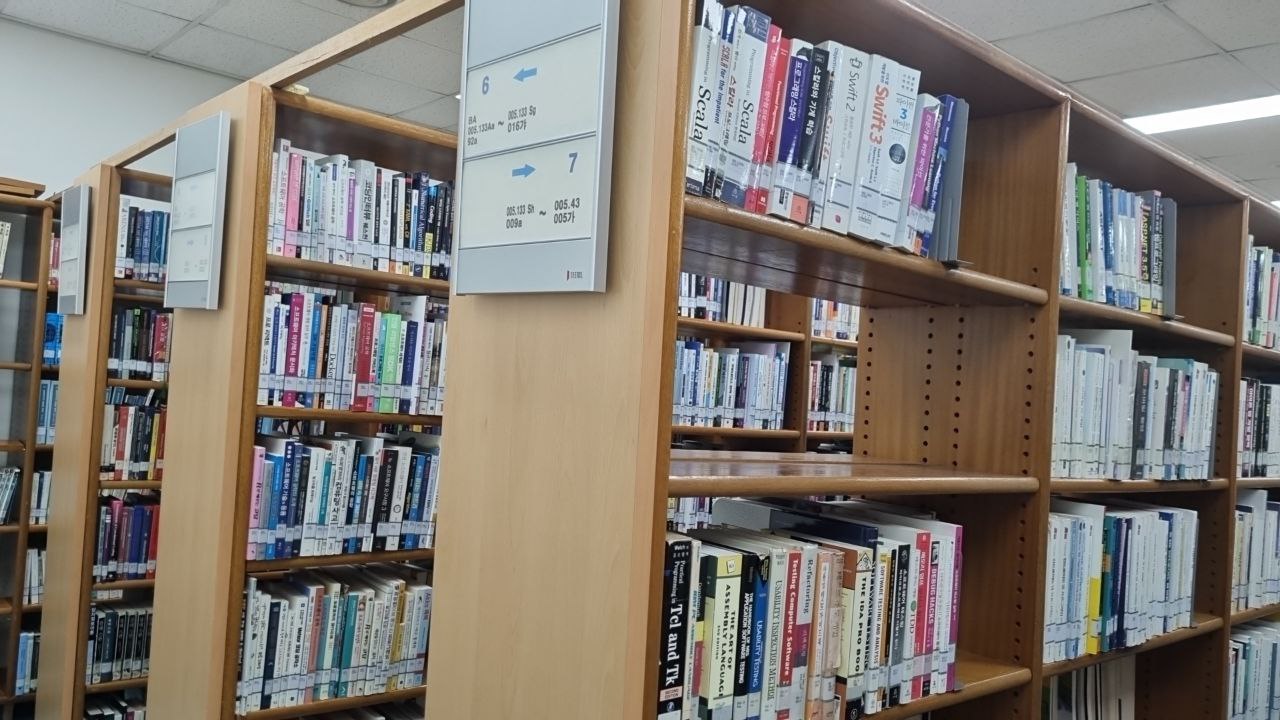
When it comes to studying, Yonsei has a state of the art library with many books and places to study at. With two mammoth library blocks, it is the largest private library in all of Korea. You can choose to also reserve your seat on the “mY-Seat 2” app, although be warned that some locations are “No Laptop Zones”. Although the 24-Hour study area is often crowded (yes, Yonsei’s got your back in case you would entertain a night in the library), personally I preferred the second level as it is less crowded, does not require booking and it is next to all the programming library books. The vast collection also means that despite half the programming books being in Korean, there were sufficient English medium programming books for students to peruse, and course recommended textbooks are often available for borrowing.
Local students: Super Shy and Not Shy at the same time
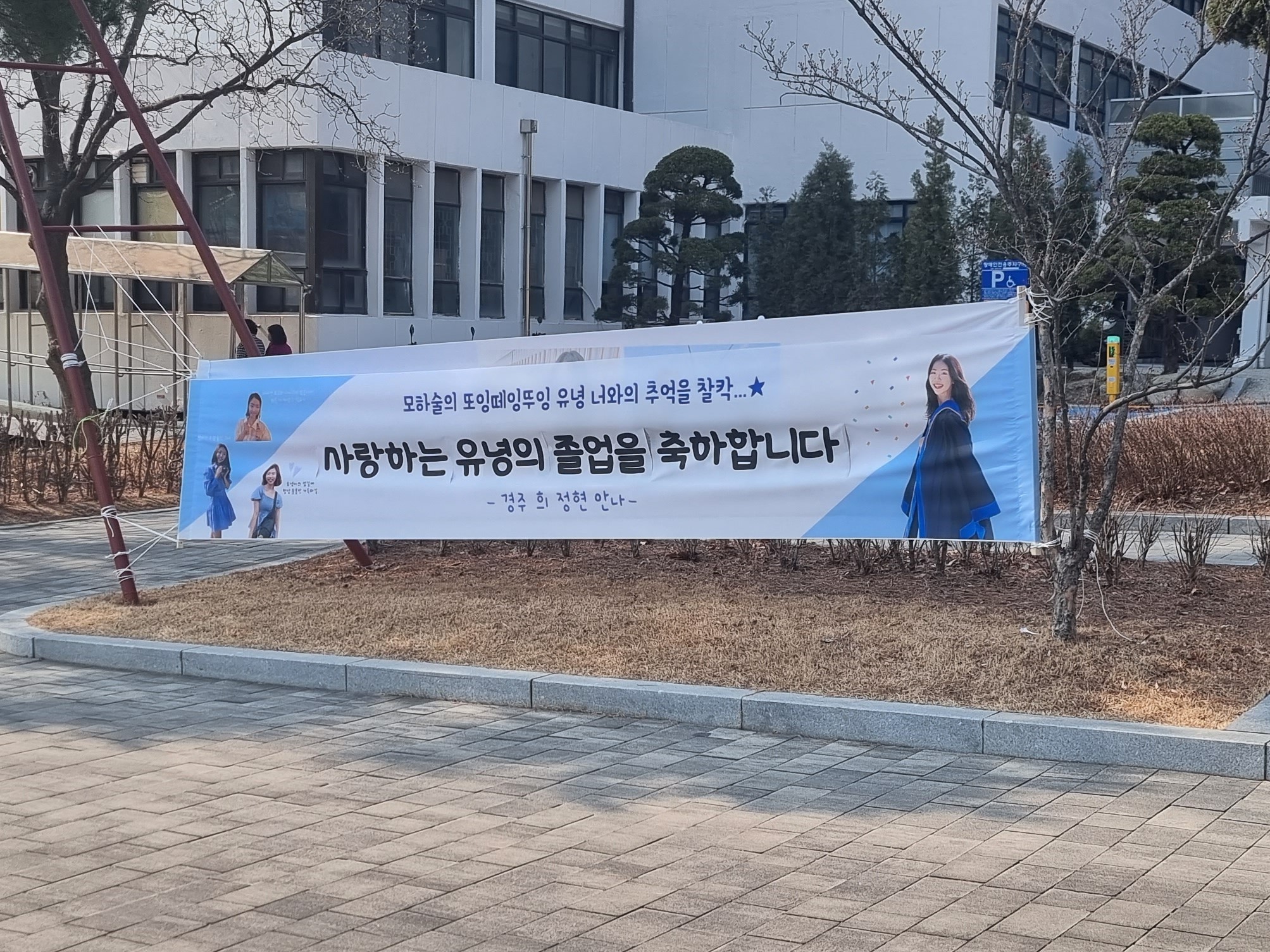
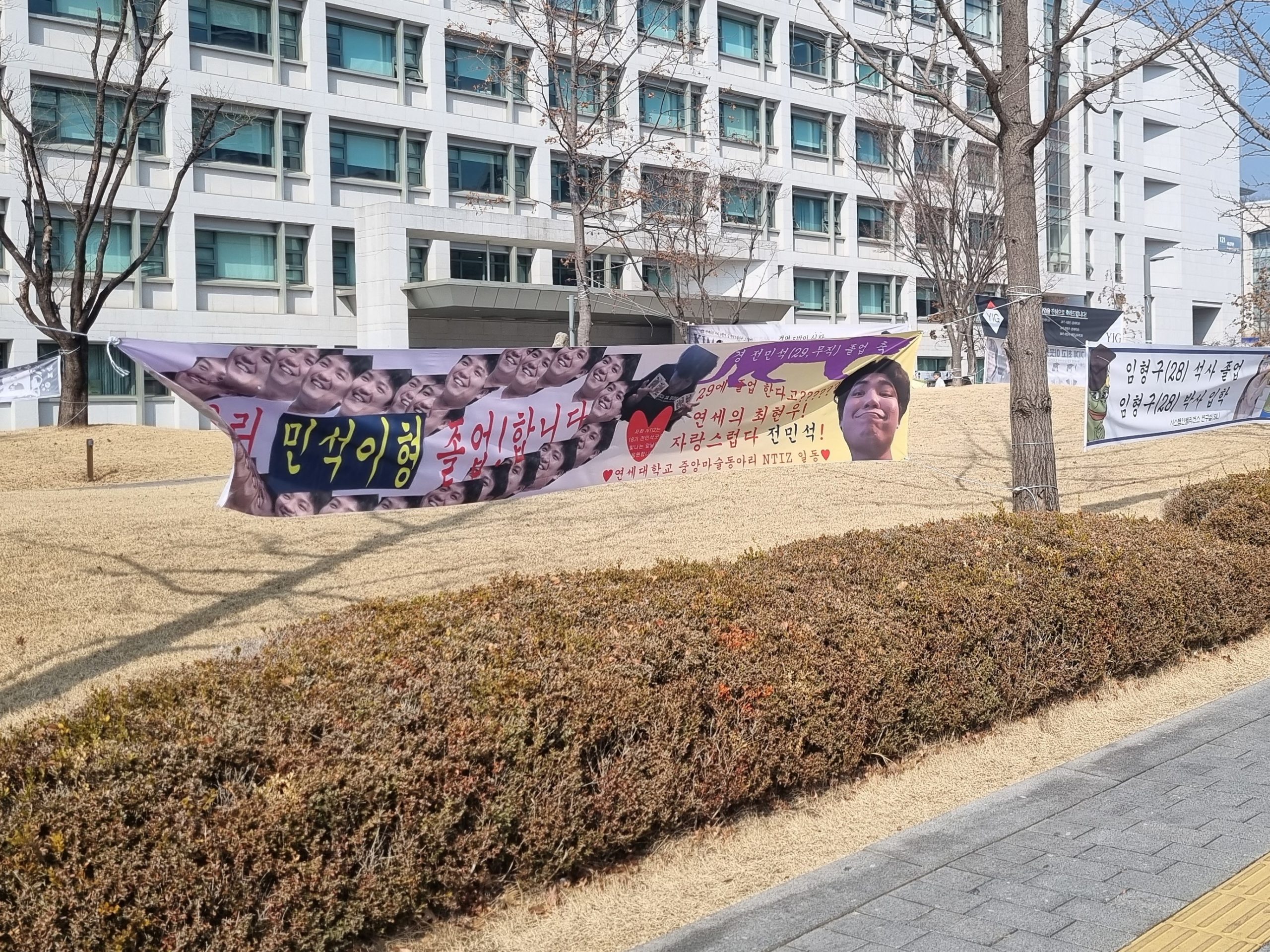
However, far from being muggers, Yonsei students are a fun bunch who know how to let their hair down. At the start of the term, banners congratulating the graduated seniors were often a chance for the juniors to poke fun at them with haphazardly photoshopped pictures and memes. During the school term, I registered for programming and baduk interest clubs and they kindly welcomed me. Although there is usually a “Membership Fee” and most club sessions were held in Korean, I was nevertheless given a chance to participate in them, as well as to go for Membership Training (MT), an overnight chalet like stay that has its purpose in helping new members make friends and socialize.
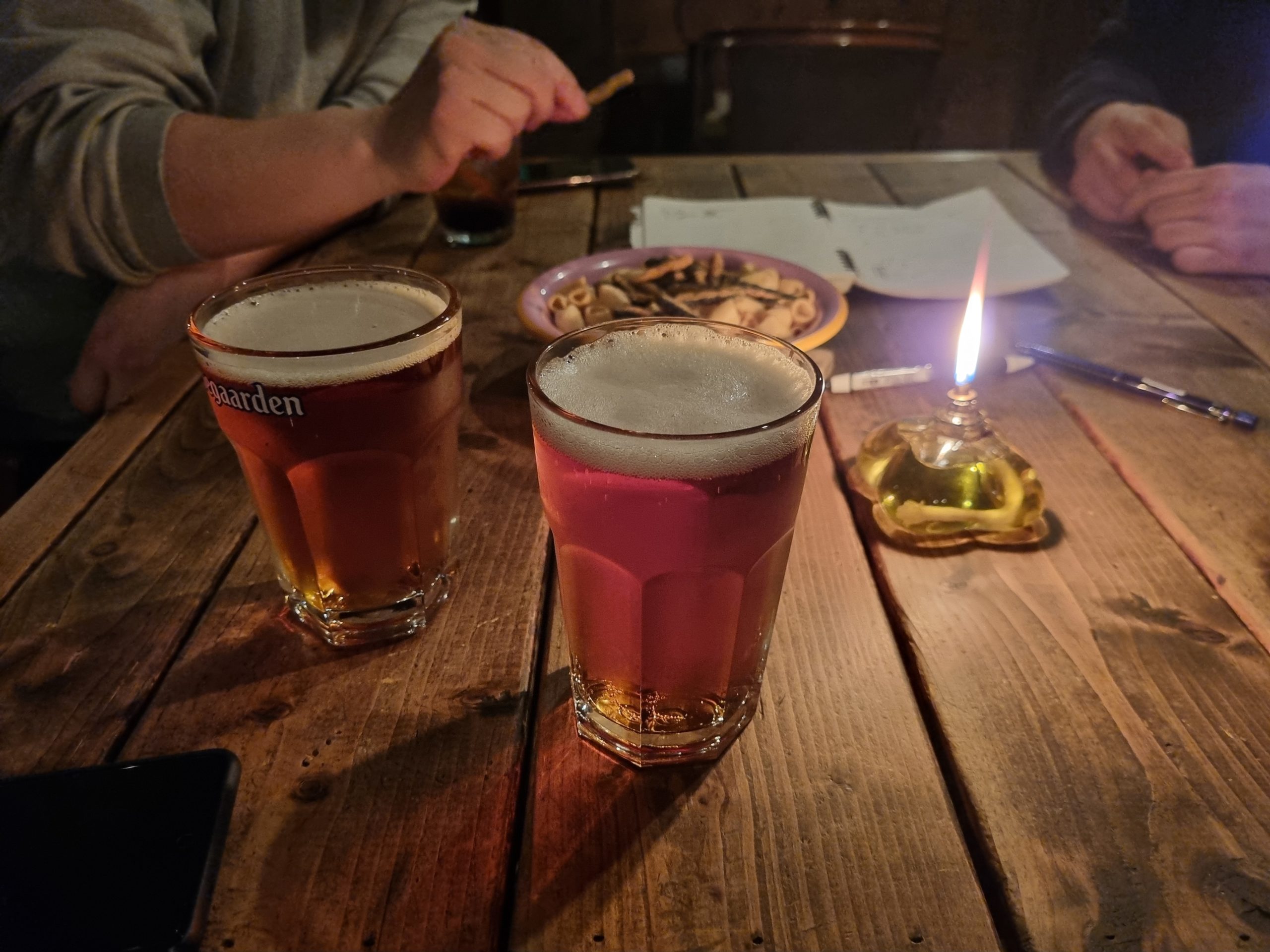
During Spring, I also had the chance to attend a “Cheering competition” between Korea University and Yonsei University, where I experienced the warmth of Yonseians as they taught me the cheers despite me barely understanding whatever they were saying. This cheering competition was instead more of an excuse for students to get caught up in a high as well as to socialize, as I was told that students in the corresponding faculty would meet up after the event to have supper, or even for a meeting (미팅). And no, meetings in this context is not that work-related bore but actually a blind group dating session for singles to find a potential match!
On the other hand, you may feel that local students are sometimes shy and difficult to talk to, especially if you only know English! Despite having aced English tests that would have stumped any native English speaker during High School, the focus of the exam was on preparing them for the academic style of English that students would inevitably encounter in university. Furthermore, there was no oral component of the course, which meant that many students were not confident in their conversational skills. As a result, although most students’ English was always better than my broken Korean, they were often reluctant to use it as they would feel embarrassed. However, don’t let their shyness get to you — when I talked to them one-on-one, I realized most of the students were just like us, trying our best in everyday life to get along.
After taking many buses in Seoul, I have come to appreciate that while I never had to deal with a situation as Hyeri did in the drama, it certainly wouldn’t be a shocking scenario either, given the way the bus drivers weaved in and out of traffic. Looking back, there is so many little tidbits about Korean culture that I have learnt from my experience at Yonsei, but yet there remains so much more that I have to discover about Korea. That would be a lifelong quest, but for now, my Yonsei exchange has been a beautiful memory in my journey to understand the East Asian culture and psyche.





























